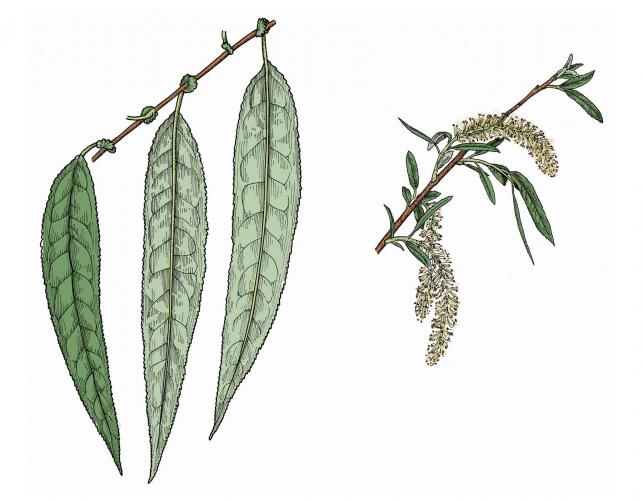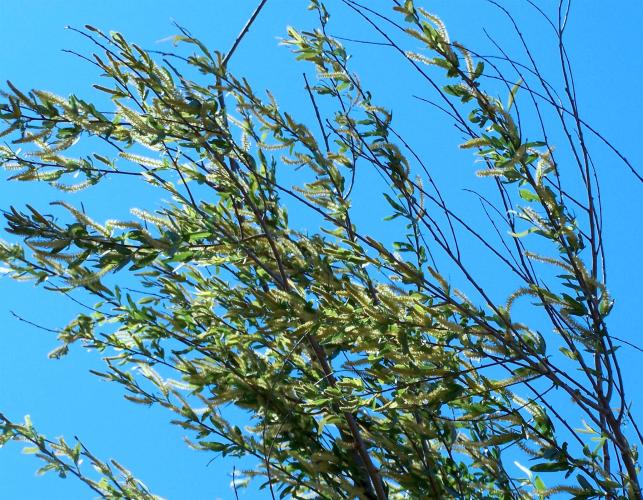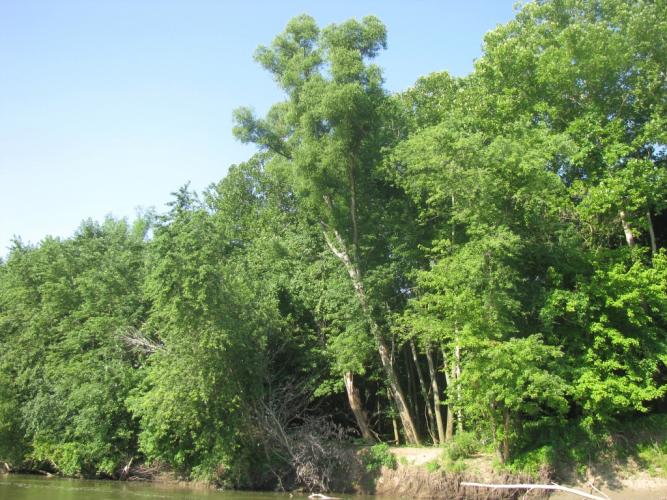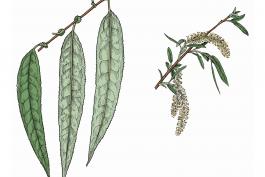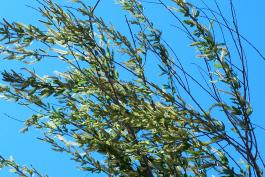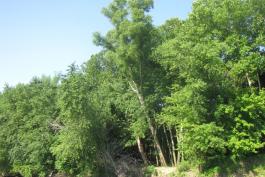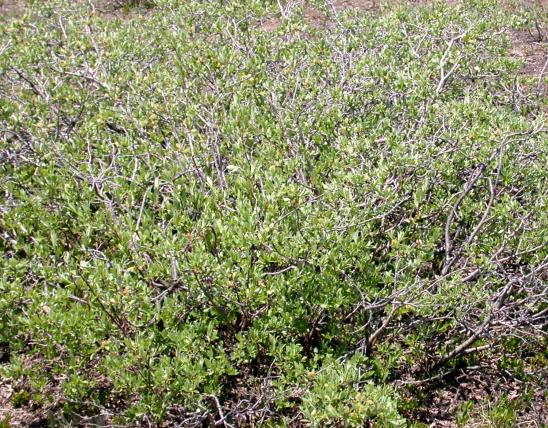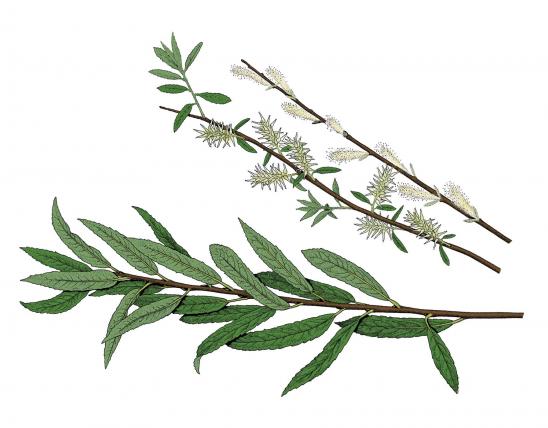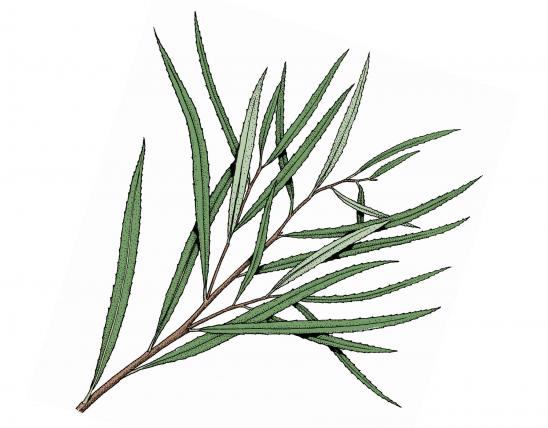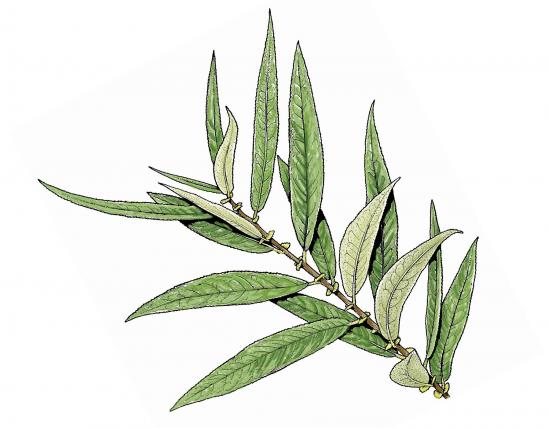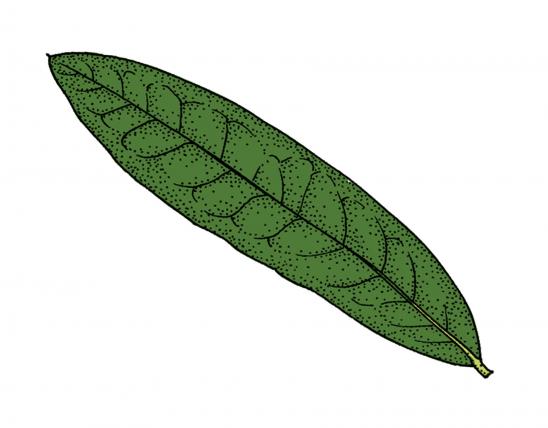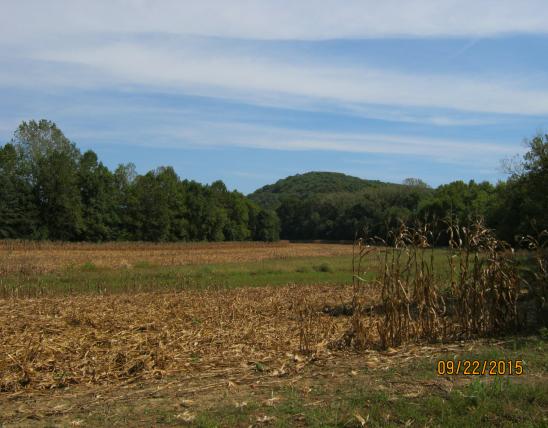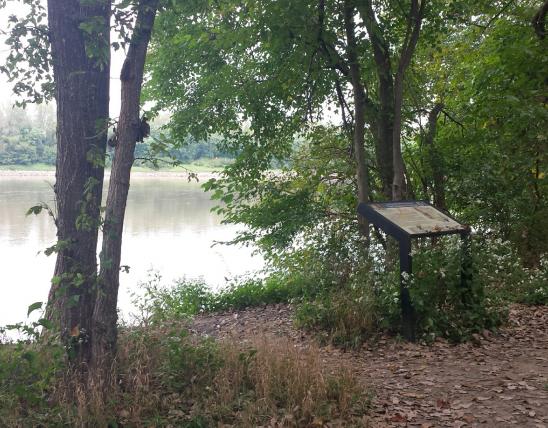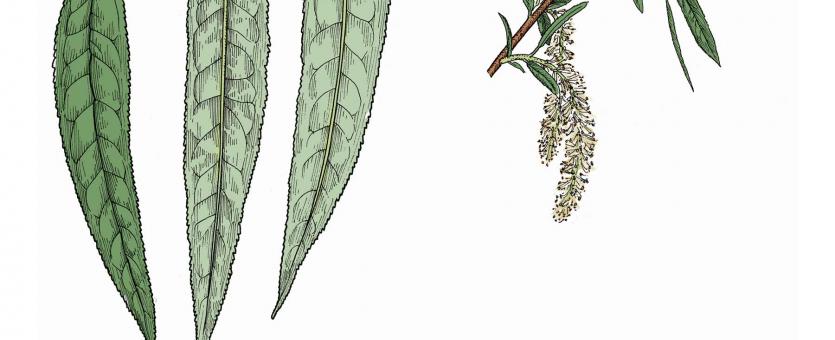
Black willow is a medium to large-sized tree with a straight trunk and a broadly irregular, open crown when growing on productive sites.
Leaves are alternate, simple, 3–6 inches long, narrowly lance-shaped, thin, papery, finely toothed, very long-pointed and often curved toward the top.
Bark is dark brown or blackish, rough, deeply furrowed, scaly, with forking ridges.
Sapwood is gray to light tan, sometimes nearly white. Heartwood is light gray to dark or reddish brown. Wood texture is fairly uniform to a little coarse, diffusely porous; growth rings are not conspicuous.
Twigs are slender, brittle, smooth, reddish brown.
Flowers April–May, with the leaves. Male and female flowers in hairy catkins on separate trees.
Fruits May–June, in catkins about 2 inches long; capsules narrowly conical, light brown, about ¼ inch long, splitting into 2 halves. Seeds numerous, tiny, with long silky hairs at the base; seeds are carried far and wide by wind and water.
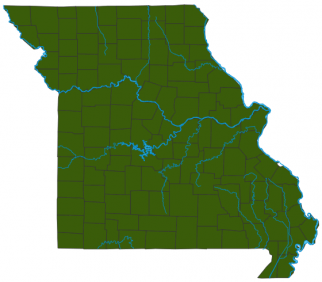
Habitat and Conservation
Status
Human Connections
Ecosystem Connections
